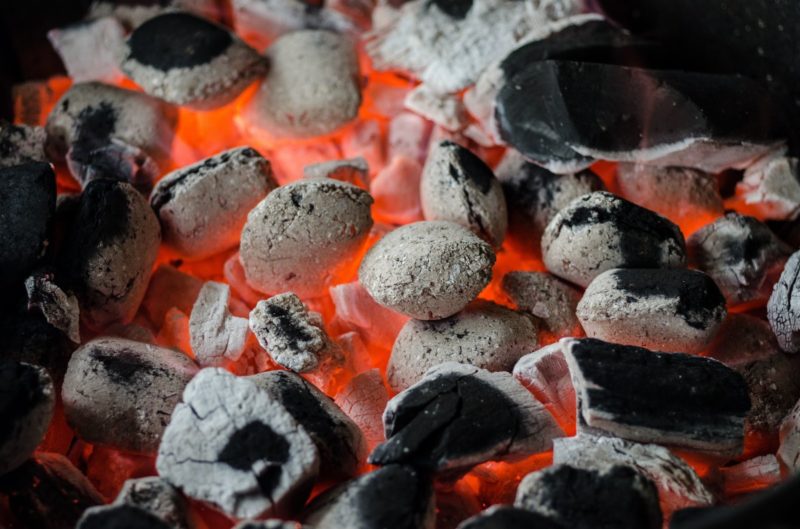The question is: how to use a coal stove? Prices have climbed year after year with no indication of abating. People are therefore looking for new ways to stay warm, and an old favorite – the coal burner is the answer. If you are thinking of buying one, you should consider where you want to put your wood stove and whether or not it will be able to heat the space you intend to use adequately.
If you live in Pennsylvania, installing a coal stove will help you save money on your heating bills. For the time being, don’t do anything. Everything will be explained to you here later.
Why Use Coal Stoves?
Before we answer, “How to use a coal stove?” Learn why you’d need one. The efficiency of coal depends on the type: lignite is the least efficient, followed by sub-bituminous, bituminous, and anthracite, which is the most efficient. Because it contains the most carbon, anthracite burns cleanly and efficiently while also generating heat.
If you’re heating with an electric stove, you can almost count on it burning anthracite coal. According to estimates, Pennsylvania is home to almost 90% of the anthracite used between the Atlantic and Pacific seas.
Unfortunately, the cost of living increases as you go away from the keystone state. Everything else about anthracite remains the same. So the further away you are from the source, the greater the price. But because of advancements in modern technology, coal burners are more efficient and beneficial to the environment.
You can save money on anthracite if you have the space and live in an area where it is widely available. However, if it is hard to acquire coal, your best bet may be to install a coal stove. Coal stoves are easier to maintain than wood stoves. Plus, wood stoves require more work to keep them going.
Installing A Coal-Fired Heating System
There are many ways to burn coal at home, but a stove helps a lot. Coal stove installation is a significant undertaking. Faulty installation might lead to inadequate ventilation or even total property destruction. It isn’t easy to install a hand-fired or stoker stove without the help of a professional.
The person who buys the stove for you is almost certainly the one who will install it. There are a few considerations to make before building a coal stove. Installing a fireplace or stove, regardless of the size of the space to be heated, necessitates following this regulation. And don’t worry about where you can buy coal as it is easy to find.
One small burner will not be enough to warm the entire house. Because they require a chimney, hand-fired coal stoves are only appropriate for certain types of residences. If you live in a house with a chimney, you should learn how to use it. Installing a chimney is not a low-cost endeavor. It’s usually more expensive to build a new stove from scratch than to buy an existing one.
The use of electricity is required for the installation of a stoker coal stove. A thermostat controls its temperature. Even though designing the stove with efficiency in mind is ideal, the thermostat can go practically anywhere. Similarly, venting the stove is crucial. Avoiding this will put your house and family in danger by suffocating them with carbon monoxide and compromising their health.
Stove installation is something you should leave to the professionals unless you have a lot of experience with it. Beyond that, everything should be in the hands of someone who has been trained and is knowledgeable in their field.
How To Use A Stove Safely?
Coal stove safety is primarily determined by the same principles that apply to other types of fires. You’ll also need a carbon monoxide detector and a smoke detector if you put them on a stove. Use a battery backup in the event of a power outage, and you should check the batteries regularly to ensure they are fully charged. Also, keep a fire extinguisher handy, even if it seems self-evident.
Stocking up on these life-saving products could mean the difference between survival and failure. However, never let your guard down, and be on the lookout for anything that can be dangerous. For example, sulfur dioxide emissions are a potential hazard of coal-fired power plants. To avoid this problem, never use bituminous coal in your house.
Put another way, “acid rain” is caused by the reaction between sulfur dioxide and water vapor in the atmosphere. Because of this, coal’s reputation has been tainted for centuries. Therefore, for domestic use, only anthracite coal should be used due to its higher purity.
If you own a hand-fired coal burner reloading, you should approach it with prudence. When you first walk through the door, you have to take your time. Allow your lungs to fill with oxygen one breath at a time. The chimney should also receive regular maintenance. Gases emitted by a coal stove might corrode your chimney’s interior walls. Therefore, thorough cleaning and inspection should be performed once a year to ensure optimal performance.
It’s A Wrap!
After you know how to use a coal stove, you don’t have to worry about your safety. Remember that a fireproof container with a lid and a distance from anything that could catch fire or explode are the best places to keep the stove ash from igniting. Also, before disposing of the ashes, make sure they are cool. Now that you learned something, why don’t you add more to your knowledge about stoves and read what a stove means. That is all.

